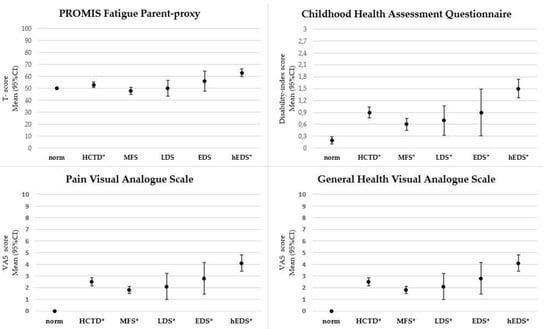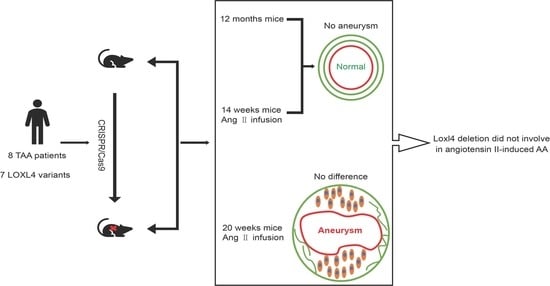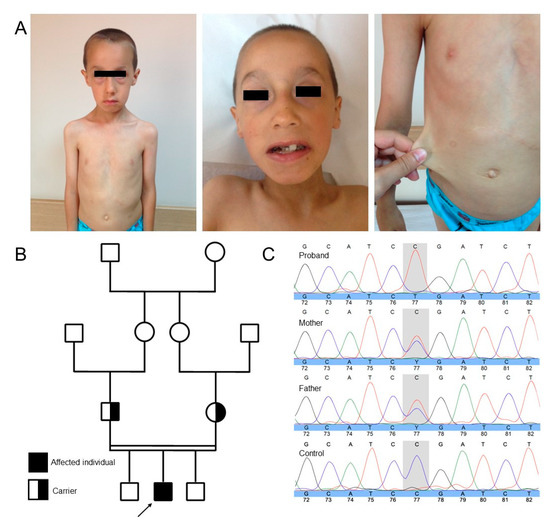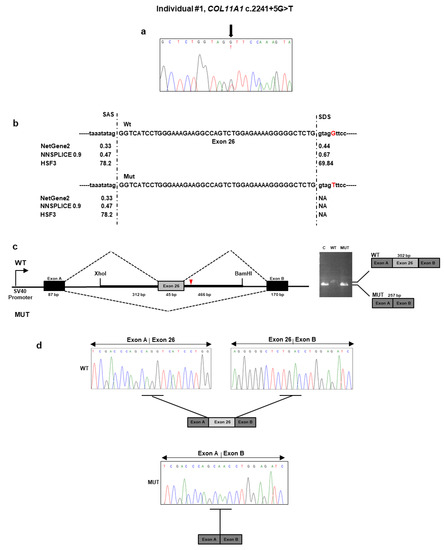Genetics and Genomics of Hereditary Disorders of Connective Tissue
A topical collection in Genes (ISSN 2073-4425). This collection belongs to the section "Molecular Genetics and Genomics".
Viewed by 15654Editors
Interests: Ehlers-Danlos Syndrome; aortopathy; vascular Ehlers-Danlos; fibromuscular dysplasia
Interests: cutis laxa; arterial tortuosity syndrome; hereditary disorders of the connective tissue; congenital contractural arachnodactyly; thoracic aortic aneurysm; zebrafish and mouse models for heritable connective tissue disorders; electron microscopy
Interests: hereditary disorders of connective tissue; Ehlers-Danlos syndrome; skeletal dysplasias; Alström syndrome; Marfan syndrome
2. Laboratoire d'Histologie-Embryologie-Cytogénétique, Institut des Biomolécules Max Mousseron (IBMM), CNRS UMR5247, Faculté de Médecine Montpellier-Nîmes, Nîmes, France
Interests: Marfan and related disorders; familial thoracic aortic aneurysms/dissections; clinical genetics; molecular genetics; genomic medicine; developmental defects; malformation syndromes
Special Issues, Collections and Topics in MDPI journals
Interests: pediatric cardiology; Marfan syndrome and related disorders; congénital cardiology; echocardiography
Special Issues, Collections and Topics in MDPI journals
Topical Collection Information
Dear Colleagues,
Dr. Victor McKusick coined the phrase “Hereditary Disorders of Connective Tissue” (HDCT) over 60 years ago, in a 1959 article by the same name in the Bulletin of the New York Academy of Medicine. At that time, Dr. McKusick recognized five conditions that “appear to be hereditary and generalized derangements of one or another element of connective tissue: Marfan syndrome, Ehlers-Danlos syndrome, osteogenesis imperfecta, pseudoxanthoma elasticum (PXE), and Hurler syndrome.” Today, in addition to Marfan Syndrome and PXE, we recognize 14 different types of Ehlers-Danlos syndrome, Stickler syndrome, Beals syndrome, arterial tortuosity syndrome, and over 200 distinct skeletal dysplasias, as well as more recently recognized diagnoses such as Loeys-Dietz syndrome, all of which fall under the broad umbrella of Hereditary Disorders of Connective Tissue.
The ubiquitous nature of connective tissue results in multi-organ involvement in these conditions, which represent Mendelian models of disease for complex traits involving bone, skin, and vasculature. This also leads to complex multi-system presentations and may result in a prolonged diagnostic odyssey for patients.
Molecular studies have led to an understanding of the genetic cause for most of these conditions, with a few notable exceptions, and there is a robust research community exploring the molecular pathways and pathogenesis, modifying loci and rational approaches to therapy. Animal models for many of these conditions have been created and allow the conduct of pre-clinical therapeutic trials. The burgeoning interest in hereditary disorders of connective tissue has led to the development of this topical collection, which will publish new findings on the HDCT. We intend to focus on three different groups of HDCT with collections on aortopathies, elastinopathies, and skeletal dysplasias between 2021-23. We invite you to submit original research articles, reviews, concept papers and commentaries to these topical collections.
Dr. Nazli B. Mcdonnell
Prof. Dr. Bert Callewaert
Prof. Dr. Clair A. Francomano
Dr. Philippe Khau-Van-Kien
Dr. Yves Dulac
Collection Editors
Manuscript Submission Information
Manuscripts should be submitted online at www.mdpi.com by registering and logging in to this website. Once you are registered, click here to go to the submission form. Manuscripts can be submitted until the deadline. All submissions that pass pre-check are peer-reviewed. Accepted papers will be published continuously in the journal (as soon as accepted) and will be listed together on the collection website. Research articles, review articles as well as short communications are invited. For planned papers, a title and short abstract (about 100 words) can be sent to the Editorial Office for announcement on this website.
Submitted manuscripts should not have been published previously, nor be under consideration for publication elsewhere (except conference proceedings papers). All manuscripts are thoroughly refereed through a single-blind peer-review process. A guide for authors and other relevant information for submission of manuscripts is available on the Instructions for Authors page. Genes is an international peer-reviewed open access monthly journal published by MDPI.
Please visit the Instructions for Authors page before submitting a manuscript. The Article Processing Charge (APC) for publication in this open access journal is 2600 CHF (Swiss Francs). Submitted papers should be well formatted and use good English. Authors may use MDPI's English editing service prior to publication or during author revisions.
Keywords
- Ehlers-Danlos Syndrome
- Marfan syndrome
- cutis laxa
- arterial tortuosity syndrome
- congenital contractural arachnodactyly
- hypermobility spectrum disorders
- joint hypermobility
- elastic fiber
- collagen
- proteoglycan
- mouse and zebrafish modeling










